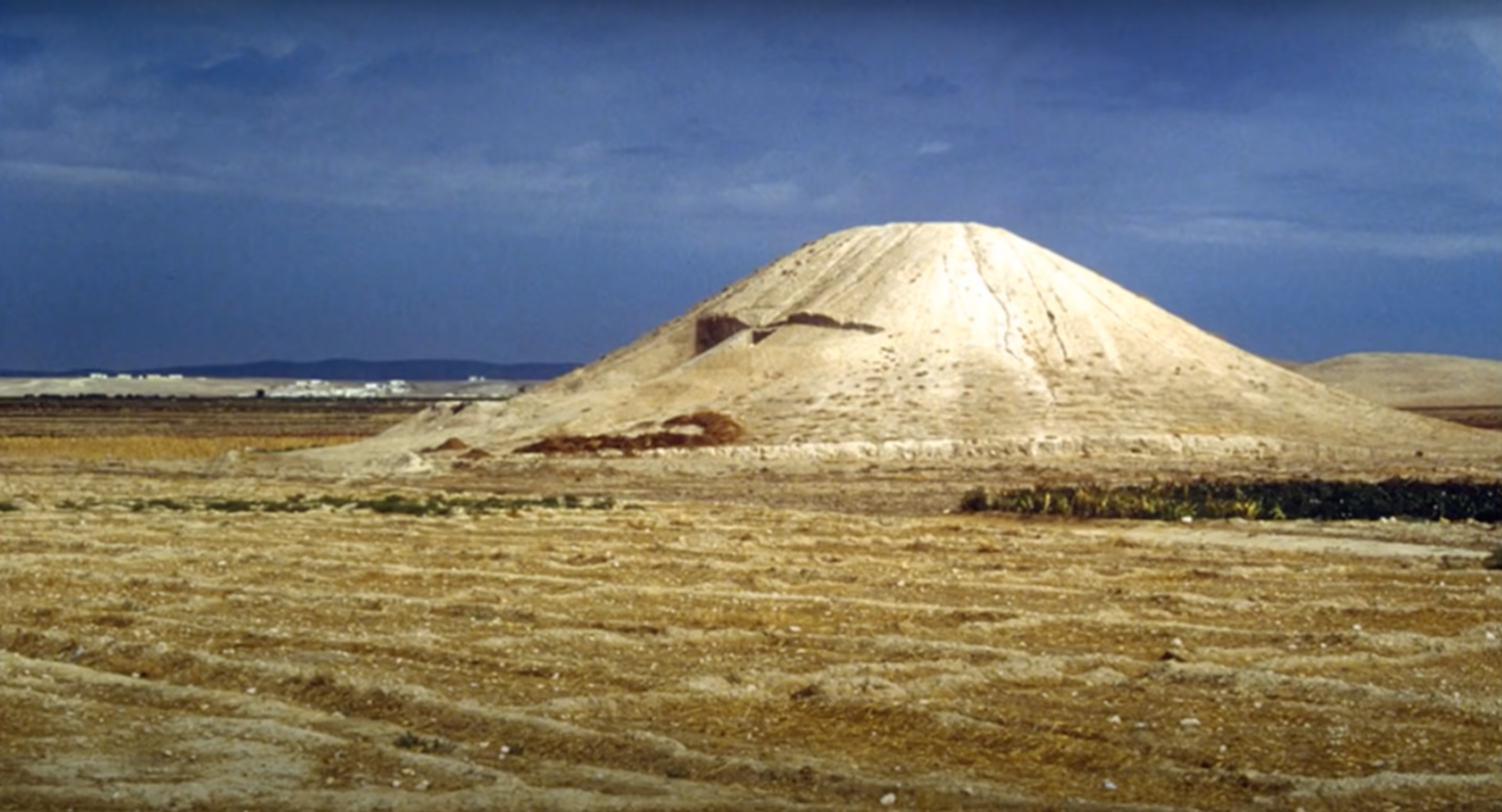The White Monument at Tell Banat, Syria, may be the world’s oldest organized war memorial, archeologists say.
Excavated in the 1990s, the site has not been touched since the Tishrin Dam, built on the Euphrates River, submerged the ancient White Monument in 1999.
It is unclear when the nearly 73-feet-tall mound was first constructed, “but it underwent modifications over the centuries. It took its final form at some point between 2450 and 2300 BC, when steps were built into the mound’s sides, making it appear like a step pyramid. Human bones were placed into these steps, representing around 30 individuals—both adults and younger people, ranging in age from around 8 to 20,” according to The Art Newspaper.
It was not until recently that Anne Porter, assistant professor of Near Eastern archaeology at the University of Toronto, Canada, and lead author of the research paper published in the journal Antiquity, re-examined the evidence from the 4,000-year-old artificial mound and made several exciting discoveries.
Due to the organization of the bodies and the composition of the mound itself, Porter and her team of archaeologists now have reason to believe that the dead were members of an army, and that the mound served as a unique memorial to those killed in battle.
“It was not until we recognised that there were patterns in those bone deposits that the elements fell into place. And that was pretty exciting,” said Porter.
“They were presented as if they had certain functions in an army,” the archeologist continued, “but you have to be careful with burials — people in the past used the dead to tell stories and paint pictures, so it’s difficult to be sure that what we see was how it actually was.”
The skins of Kunga, donkey-like animals often used to pull chariots, were also found buried in the mound. Other remains were buried alongside egg-shaped pellets, indicating that those men may have been foot soldiers.
And while similar sites dot across Syria, the White Monument differs in that it was carefully assembled as a tribute to war dead.
“Ancient people honoured those killed in battle, just as we do,” said Porter. “We do not know whether they were the victors or the losers of that battle. We do know that they took the bodies of the dead from some other place, perhaps long after the event, and interred them in a huge mound that was visible for miles around.”





